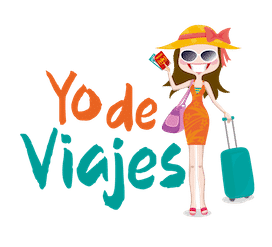I tried to call the El Nispero Zoo in El Valle to ask them for an interview during my visit but the phone did not work. We decided to simply arrive and try our luck. At the reception we discussed our problem and the manager, between laughs, tells us that a squirrel ate the cable and that it was not the first time it happened. Luckily she was able to call Carlos Caballero, the veterinarian in charge, who arrived when we had finished our tour.
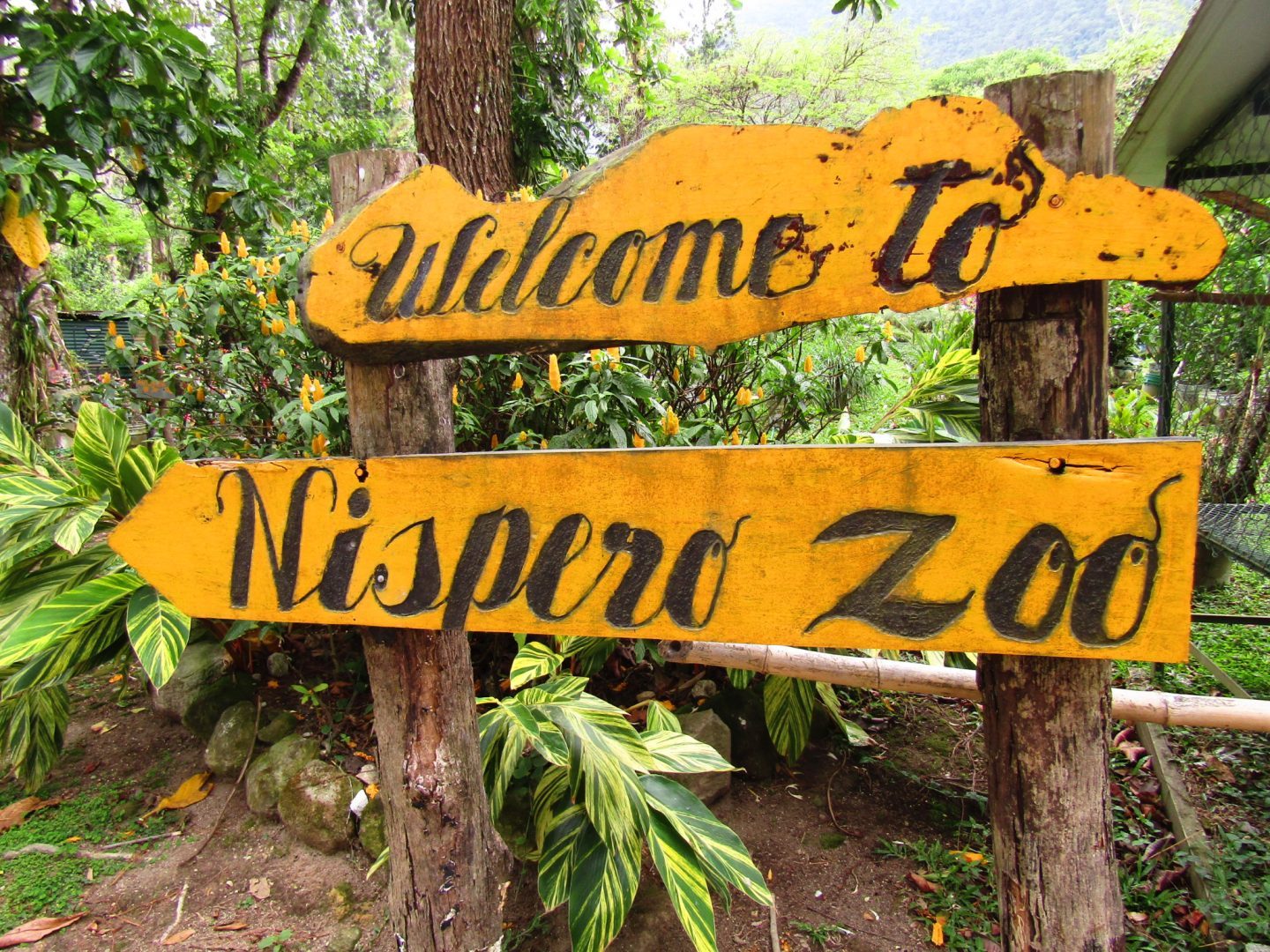
Passion for nature
Carlos Caballero says that he knows El Nispero Zoo like the palm of his hand. He is from Las Tablas, but he has been working at the zoo for 21 years. When he was 12 he visited the site with his father and fell in love with it.

He started studying human medicine because he likes science but he did not like hospitals, he preferred nature. So he changed his career to be a vet but in those times it was not offered in Panama. Therefore, he had to move to Bogotá, Colombia to attend the University of La Salle.
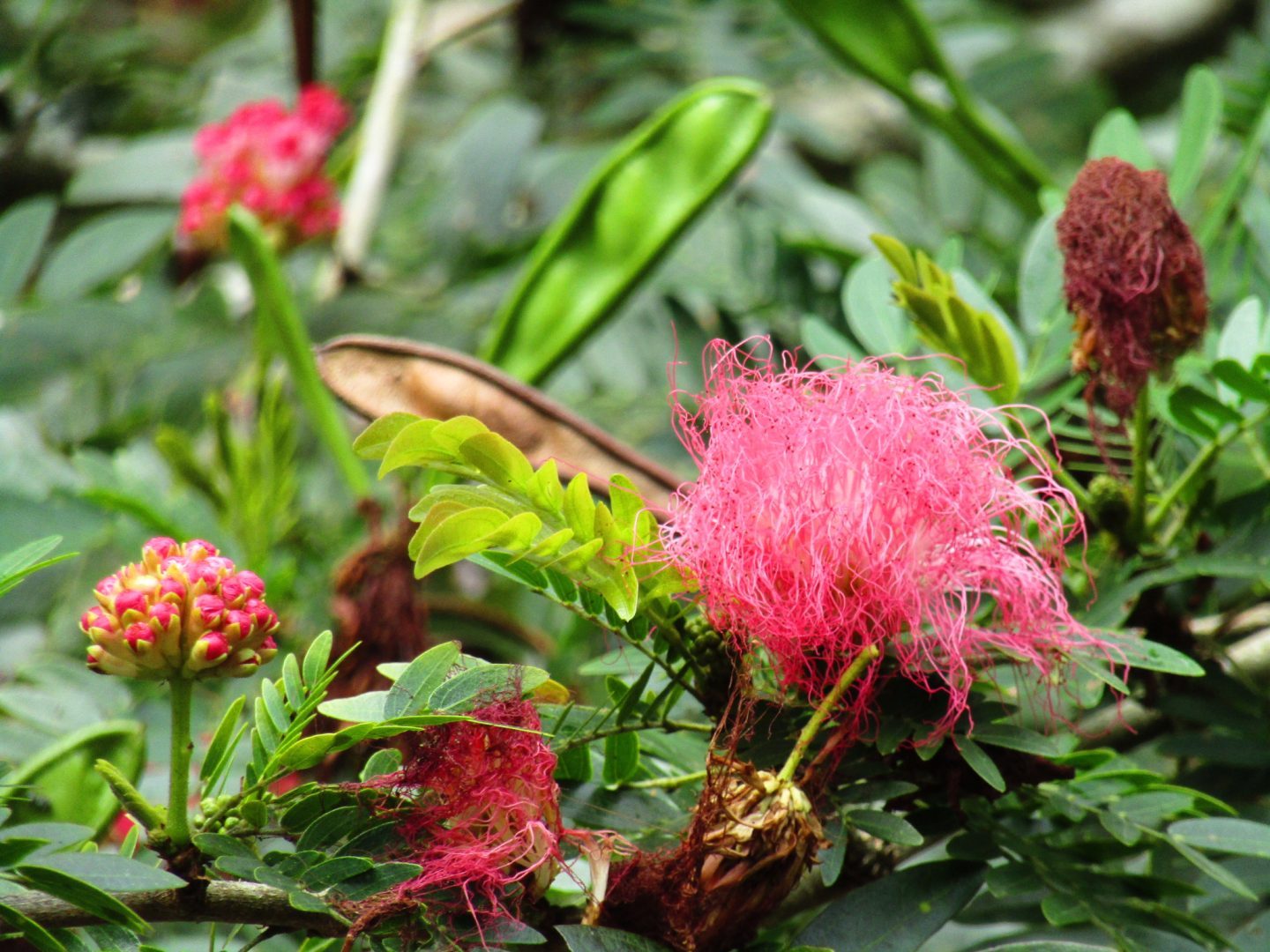

Upon graduation he returned to Panama and did an internship with the Southern Command (Army of the United States) in Corozal and through them, went to train in several zoos in the United States including those of San Diego, California and Phoenix, Arizona. With the amphibian project he also went to Ohio, Brooklyn, Chicago and Houston.
What he is most passionate about is bovine and ovine reproduction, making artificial insemination and embryo transfers. He collaborates with the Gorgas Institute collecting samples of scorpions and ticks. In addition, he studies blood samples to investigate diseases that ticks transmit in dogs, coyotes, etc.
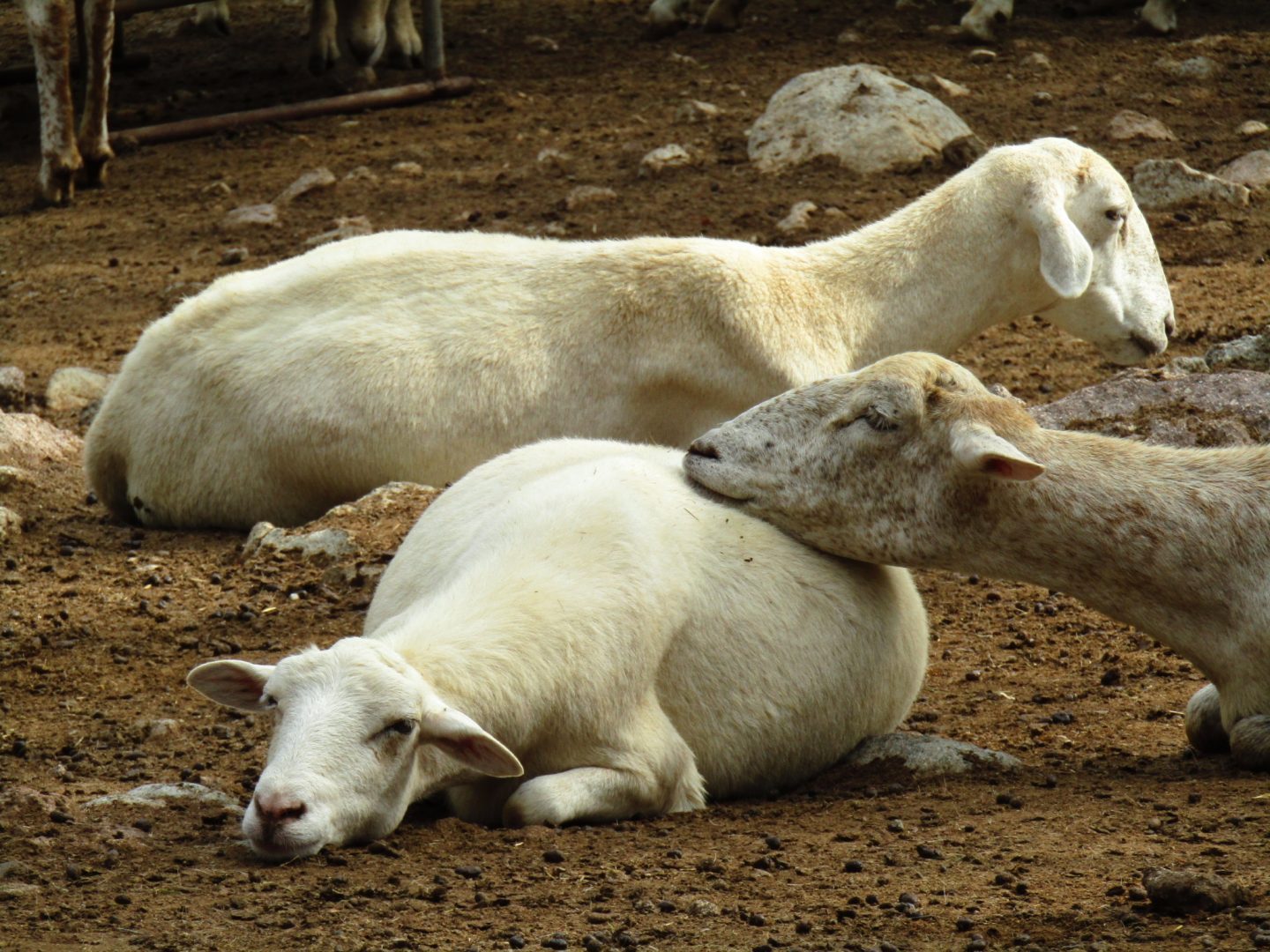

El Nispero Zoo
El Nispero Zoo began in 1976 but not with the concept of being a zoo or a tourist attraction, instead it was a place to rest for the two Panamanian owners. One of them already passed away.

In the times before, there was a place called ‘Turiño Pajarería’ (where Pretel is on 50th Street) that bought exotic animals such as pheasants. Mona Lisa Garcia de Paredes some exotic species brought from Texas to Panama, including zebras, llamas, ostriches, emu, among others. She reproduced them and sold them to the zoo and other people.


Exotic animals
Tapirs are exotic but native animals. They arrived at the property when they were rescued by the Directorate for the Recovery of Patrimony (DRP). They used to belong to General Noriega and went first to a military base in Corozal, run by the Southern Command of the United States Army. One year later, the Comptroller’s office as the DRP transferred custody of the animals to El Nispero Zoo. “That was a boom, the written press, television and radio, people started visiting the Nispero to see the tapirs of General Noriega,” says Carlos. The ones you can see today are the grandchildren of the originals who died.

The jaguars arrived when they killed the mother and they were so small that they did not open their eyes. They were given formula in a bottle and first aid, so they could not return to the jungle because they had had contact with humans. If they approach them again it could cause their death.
94 species live in El Nispero Zoo, mostly birds, including pheasants, macaws, peacocks, etc. They are easier to care for than mammals, or feline mammals such as jaguars.


Some local animals you can see are Capuchin monkeys with white face and spider monkey, American crocodile, turtles and others. In addition to farm animals including chickens, pigs, and sheep. We had the opportunity to see a sheep born during our visit.




Rescue of amphibians
El Nispero Zoo has an amphibian Conservation Center. It was originally run by the Houston Zoo, later by the Smithsonian. An agreement was made not to increase the cost of entry so that people could appreciate the diversity of animals on the site.

They created a “Noah’s Ark” to keep the species that the specialized biologists determined important for biology and are reproduced in the center. There is a fungus that is affecting the amphibian species, which along with global warming, water pollution, deforestation and illegal extraction of wood, has decimated all populations. Species that are not tolerant to this epidemic can only survive in laboratory conditions where they can control temperature, water, light and food.

Can they be reintroduced?
It is difficult to reintroduce frogs to the environment. Some species such as the golden frog only live in very specific places such as Altos del Maria, Cerro Campana, El Valle de Antón and El Cope. The level of height that controls the barometric pressure, water temperature and the food that they need to ingest in the juvenile to tadpole stage are only found in these sites. But all this is changing due to urban progress that has taken away the necessary conditions and they are not adapting.

Funds are needed for this project, since they have to follow up and see how many survive and where. They might be modifying themselves to resist. Currently about 2,000 golden frogs are in the center at El Nispero Zoo. But space is being reduced, because they also have 23 other species. The project will eventually move to the Smithsonian facilities in Gamboa, because it is very expensive to maintain both centers. Smithsonian’s National Zoo in Washington D.C. also has an exhibition displaying work done on Panamanian frogs.

Making food is the most complicated, since they must reproduce crickets, cockroaches, fruit mosquitoes that do not smell, and other insects.

Plan your visit to El Nispero Zoo
From January to April national and international tourists visit El Nispero Zoo. Schools of West Panama, Center, Chorrera and Central Provinces go from May to November.


The schedule is 7 a.m. at 5 p.m. everyday. You must enter before 5 p.m. but you can stay until 6 p.m. While the amphibian center opens from 9 a.m. at 5 p.m. since the lights turn off with automatic clock.
Adults and teenagers, nationals and residents, pay $3, while foreigners pay $5. Children from 1-12 years pay $1 and $2 for foreigners.

Some plants are sold, while others are used for reproduction, such as roses, dahlias, anthuriums, orchids.
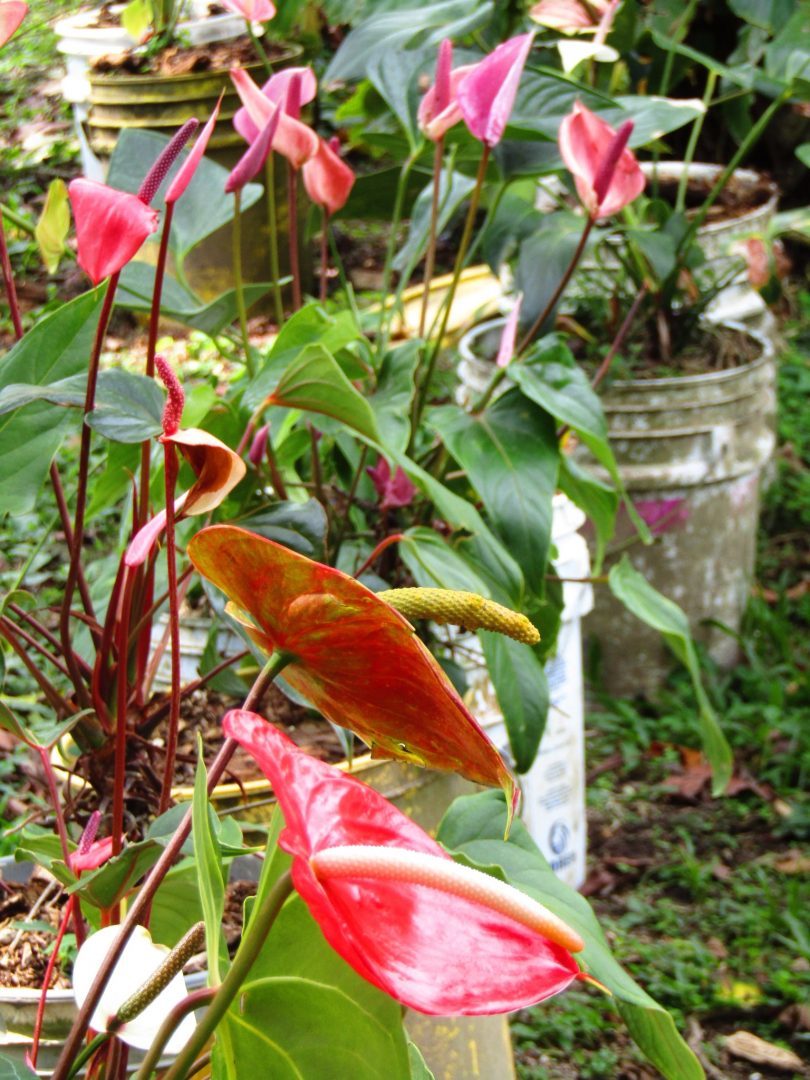

There are 7 hectares open to the public. However, the property is larger, but there is a buffer zone with Cerro Gaital. This area has chairs to see the deer, orioles, toucans, etc. They arrive in the afternoon.
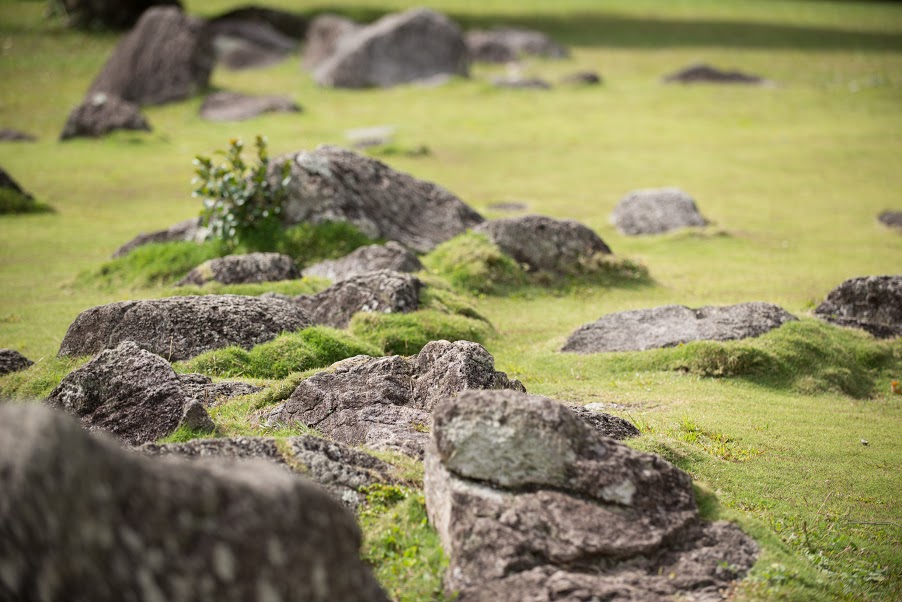
The first days of the year the Vallero Camp is done with invited artists. Olga Sinclair or Eduardo Navarro are some of those who have made paintings with children. In recent years, the Golden Frog Festival has been held on August 14. Throughout the year there are activities and scientific talks and schools are visited to promote conservation. You can also rent the El Nispero Zoo to host birthdays, parties and professional photos.
More photos of the El Nispero Zoo:












